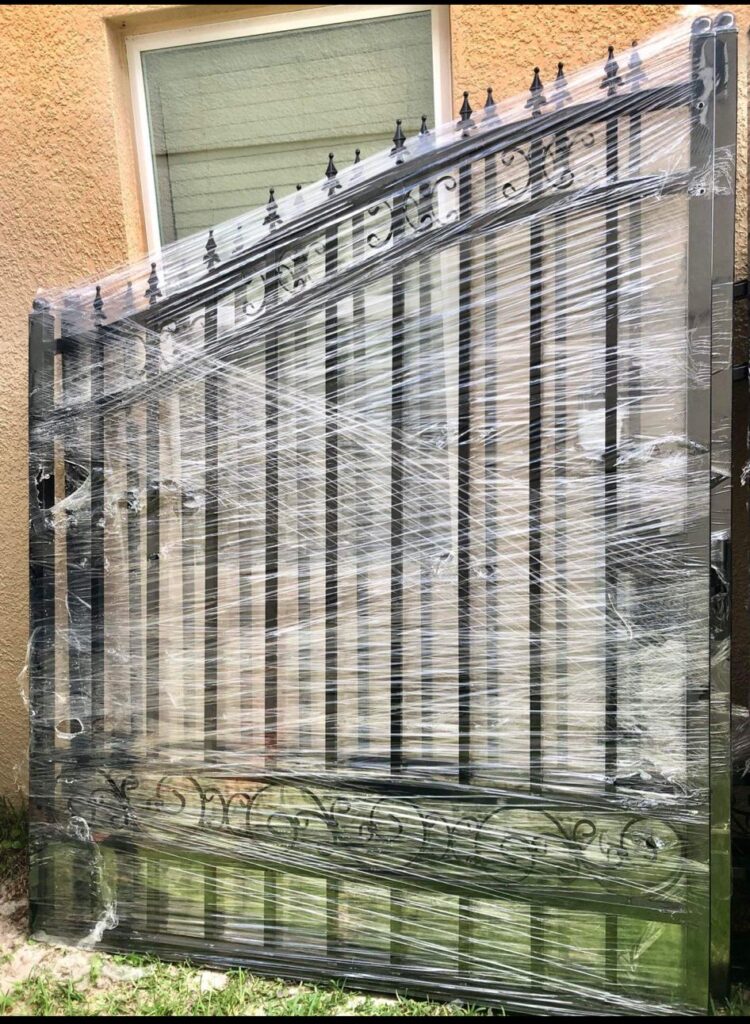A Comprehensive Guide to Springs Repair
Introduction:
Springs are an integral part of many machines and devices, and they need to be regularly repaired and maintained in order to ensure their longevity and functionality. This guide will provide an overview of the various types of springs that need to be repaired, the tools and materials necessary for the job, and the steps involved in the repair process. Additionally, it will cover how to properly diagnose a problem with a spring, as well as the common causes of spring damage and how to prevent it. By the end of this guide, you will have a better understanding of springs repair and be able to confidently carry out repairs on your own.
Understanding Springs and Their Repair;Springs Repair
Springs are often found in machines and devices, such as automobiles, door locks, and furniture. They are essential components of these machines, as they are responsible for providing mechanical advantage and absorbing and transferring energy. Springs come in a variety of shapes and sizes, and the type of spring used in a particular machine will depend on its specific purpose. Some of the most common types of springs are compression springs, torsion springs, extension springs, and leaf springs.
In order to ensure the proper functioning of a machine, it is important to regularly repair and maintain its springs. The repair process involves the careful inspection of the springs and replacement of any damaged components. Additionally, the springs may need to be adjusted for optimal performance. The tools and materials necessary for the repair will depend on the type of spring and the extent of the damage.
The Tools and Materials Needed for Repair
The tools and materials needed for Springs Repair will vary depending on the type of spring and the extent of the damage. Generally, a set of wrenches, pliers, and screwdrivers will be needed. If the springs are made of metal, a drill and a set of drill bits may be necessary. Additionally, lubricants, such as grease or oil, may be needed to ensure the smooth functioning of the springs.
For compression springs, it may also be necessary to have a set of spring clamps, a spring compressor, and a spring measuring tool. For torsion springs, a set of winding bars and a tension gauge may be needed. For extension springs, a set of wire cutters and a wire crimper may be necessary.
Steps Involved in the Repair Process
The first step in the repair process is to inspect the springs for any signs of damage or wear. If any damage is found, the springs should be replaced. If the springs are adjustable, they should be adjusted for optimal performance.
The next step is to lubricate the springs with a suitable lubricant. This will help ensure the smooth functioning of the springs and prevent damage due to friction.
The third step is to reassemble the springs. This may involve the use of wrenches, pliers, or screwdrivers depending on the type of spring.
The fourth step is to test the springs for proper functioning. If the springs are adjustable, they should be adjusted for optimal performance.
The fifth step is to reinstall the springs in the machine or device. This may involve the use of wrenches, pliers, or screwdrivers depending on the type of spring.
IV. Diagnosing a Problem with a Spring
In order to diagnose a problem with a spring, it is important to first identify the type of spring and its purpose. This will help determine the cause of the problem and the steps that need to be taken to fix it.
Common causes of spring problems include fatigue, corrosion, and improper installation. Fatigue is caused by the repeated stress placed on the springs over time, causing them to become weak and worn. Corrosion occurs when the springs come into contact with water or other corrosive substances. Improper installation can cause the springs to be too tight or too loose, resulting in improper functioning.
In order to diagnose a problem with a spring, it is important to carefully inspect the springs for any signs of damage or wear. Additionally, the springs should be tested for proper functioning.
Preventing Spring Damage
In order to prevent spring damage, it is important to regularly inspect and maintain the springs. This will help identify any potential problems before they become too serious. Additionally, the springs should be lubricated with a suitable lubricant to prevent corrosion and wear.
It is also important to properly install the springs, as improper installation can cause them to be too tight or too loose, resulting in improper functioning. Additionally, the springs should be adjusted for optimal performance.
Finally, it is important to avoid exposing the springs to water or other corrosive substances. If the springs come into contact with water, they should be dried immediately to prevent corrosion.
Conclusion
In conclusion, springs are essential components of many machines and devices, and they need to be regularly inspected and maintained in order to ensure their longevity and proper functioning. This guide has provided an overview of the various types of springs that need to be repaired, the tools and materials necessary for the job, and the steps involved in the repair process. Additionally, it has covered how to properly diagnose a problem with a spring, as well as the common causes of spring damage and how to prevent it. By following the advice in this guide, you should be able to confidently carry out repairs on your own.

